By selecting your itinerary in advance, our platform uniquely allows you to view boats that can deliver selected tinerary with full cost transparency, including fuel etc..
Arnavutköy is considered one of the most beautiful districts along the Bosphorus. Its most defining feature is its magnificent wooden houses... It reminds us how beautiful and elegant a village can become, undergoing a graceful transformation, amidst a period of proliferation of concrete buildings. Once famous for its vineyards, Arnavutköy gained more popularity in the early 19th century thanks to its strawberries. It got its present name from the Albanian master builders brought by Sultan Abdülmecid. While it used to have a large population of Greeks and Jews, today only a few Greeks reside in the neighborhood.
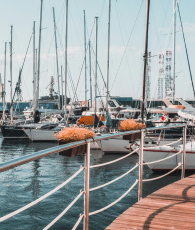

In Arnavutköy, which once had a large Greek and Jewish population, the Taksiarhis Church is a significant structure carrying the traces of the past. The history of the building dates back to the Byzantine period, and it was constructed by Muzurus Pasha. It has an impressive appearance with its dome resembling that of a mosque and a bell tower at the entrance. The church is dedicated to Michael and Gabriel, and thus, it has taken the name Taksiarhis, which means "archangels."
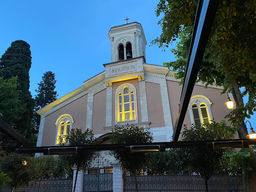
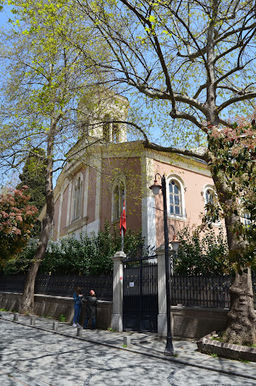
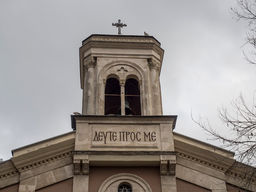
As you move from Bebek towards Rumeli Hisarüstü, atop the hill, you'll see the small house built by the poet Tevfik Fikret, known for his opposition to the government. Fikret, who was a professor of Turkish Literature at Robert College, was buried in the garden of his house in 1961. The house, turned into a museum in 1945, displays various items including the magnificent "Fog" painting by the last caliph Abdülmecid Efendi, inspired by Tevfik Fikret's poem of the same name. "Aşiyan" means "bird's nest" in Persian.
If you visit the area in April, you can see the surroundings filled with Judas trees. The Judas tree is unique to Istanbul and can be found in every corner of the city. Known in Western languages as "Judas-tree," it has an interesting story related to Judas Iscariot, one of Jesus Christ's apostles. The tree is famous for its legend that after Judas betrayed Jesus and hanged himself from a tree, the white flowers turned to a red-pink color in shame. Thus, the legend of the Judas tree was born.
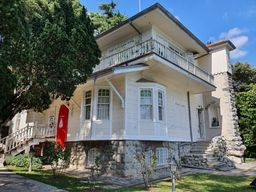
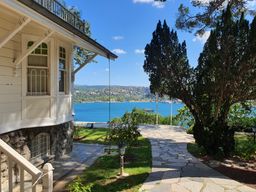
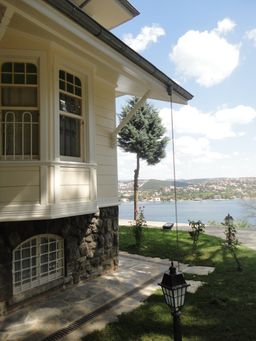
The Ali Vafi Mansion stands out across from Galatasaray Island with its two triangular roofs. Constructed in the Victorian architectural style, this mansion catches the eye with its impressive details and historical atmosphere. Ali Vafi Bey was a banker of Cretan origin. Behind the mansion, the building of Robert College can be seen. Right in front of this mansion, with its shutters painted in burgundy, is the Makbule Atadan Mansion, where Makbule Hanım, Atatürk's sister, lived.
As you head towards Arnavutköy from the coast, the Red Mansion that appears is known as the Halet Çambel Mansion. It was built in the 1830s for the Armenian gardener of Sultan Mahmud II. Halet Çambel, a famous archaeologist who graduated from Robert College located behind the mansion, conducted excavations in one of the most interesting Hittite cities near Osmaniye, Karatepe. Çambel was married to Nail Çakırhan, a recipient of the Ağa Khan Award. She donated the mansion to Boğaziçi University.
In ancient times, due to the limestone quarries on its hill, Arnavutköy was known as Hestai and has undergone many name changes over the centuries. Before it acquired its current name in the 19th century, it was referred to as Horasmoto, meaning "Village of Angels''. There are two theories regarding the name Arnavutköy: According to the first, the district was named after the Albanian construction masters brought by Sultan Abdülmecid, and the roads made by these masters were called "Albanian pavement". The other theory suggests that after the conquest of Istanbul, the district's security was entrusted to Albanian-origin Janissaries, and the name has been a legacy from that time.
Upon arriving in Arnavutköy, it's impossible not to notice the colorful, beautiful wooden buildings. These buildings, which were once mansions, became "road mansions" in the 1980s when a stilted road was constructed in front of them.
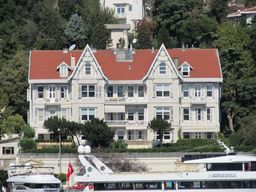
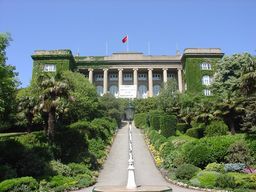
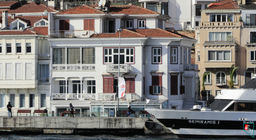
The Arnavutköy Mosque, located by the sea, was built in 1832 by Sultan Mahmud II. It is also known as the Tevfikiye Mosque, and it is believed to have been constructed for the worship of soldiers in the barracks before Muslims settled in Arnavutköy. Right next to the mosque, you will see the Ornate Police Station, a masonry building constructed in the 19th century.
Akıntıburnu in Arnavutköy is one of the places in the Bosphorus with the strongest currents, similar to Kandilli. In the past, to get past the cape, some boats were pulled from the shore with ropes. The 15th-century writer Petrus Gyllius wrote that even crabs, upon reaching Akıntıburnu, would come ashore and continue their way on land!
In Istanbul, there are more than 3,500 mosques, 19 synagogues, and around 400 churches. About 90 of these churches belong to the Greek Orthodox.
The district between Arnavutköy and Bebek is known as Çamlıbahçe. Here, on a dominant hill, you will see the mansion known as İzzetabad Palace. Among those who lived in the building, which is also referred to as the Painted Mansion, was Belgin Doruk.
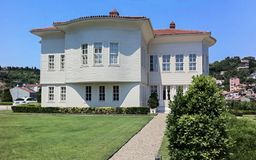
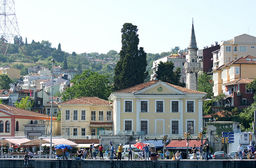
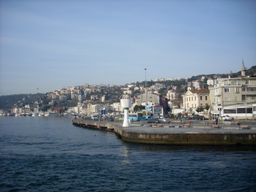
The Egyptian Consulate in Bebek is one of the most impressive structures in the area. The site was originally occupied by the mansion of Dürrizade Esseyyid Mehmed Ataullah Efendi, one of the sheikh ul-Islams of Sultan Abdulhamid I. After the Dürrizades, the mansion passed to Grand Vizier Mehmed Emin Rauf Pasha, and then to Grand Vizier İzzet Pasha. During İzzet Pasha's tenure as the foreign minister, the mansion hosted significant conferences, visits, and invitations. After İzzet Pasha's death, Sultan Abdulhamid II purchased the mansion and gifted it to the mother of the last Khedive of Egypt, Abbas Hilmi Pasha, and the wife of the former Khedive, Tevfik Pasha, Khediva Emine.
This palace-like structure, styled in Art Nouveau, was used as a summer residence until the Khedive was deposed by the British in 1914. According to urban legend, Emine Hanım wanted to donate the building to the Turkish State, but she changed her mind after an official correspondence addressed her as "Emine Hanım from Bebek," and instead, she donated it to the Egyptian State under the condition that it be used as an embassy. After the embassy was moved to Ankara in 1923, this building became a consulate and was thoroughly and successfully restored in 2010.
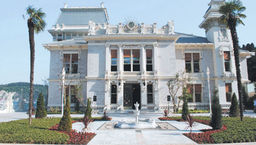
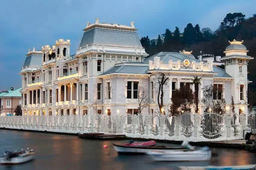
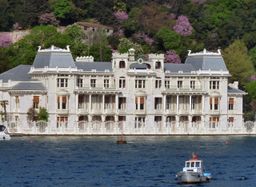
Once a small fishing village, the history of the district stretches back to the pre-Christian era. As for the origin of its name, some suggest it comes from the phrase “as beautiful as a baby,” while others refer to the nickname “Bebek Çelebi,” attributed to the handsome appearance of Bölükbaşı Mustafa Çelebi, who controlled the area after the conquest.
Where Bebek Park is located today, there once stood the Hümayun-u Abad Palace, built by Sultan Ahmed III in the 18th century. The palace was demolished during the reign of Sultan Abdülmecid. Initially used as a summer district, Bebek became a permanent residence with the start of ferry and tram services in the mid-19th century. Today, Bebek is undeniably one of the most popular districts along the Bosphorus, a place to see and be seen.
Adjacent to Bebek Park stands the Hümayun-u Abad Mosque, also known as Bebek Mosque, built in 1912 by Kemaleddin Bey, a pioneer of the First National Architectural Movement, featuring a quite classical style.
Heading from Bebek to Aşiyan, one notices the Narlıyan Apartment, a white elegant building with oval balconies. Between Ayşe Sultan and the Arifi Pasha Grove lies Boğaziçi University. Also, between Bebek and Aşiyan, one can find the Kayalar Mosque, a rare example of 17th-century wooden mosques in Istanbul.
Next to the mosque is the Yılanlı Yalı (Serpent Mansion), built on stone walls in the 18th century. Sultan Mahmud II was very fond of the mansion owned by the Foreign Minister (Hariciye Nazırı) Mustafa Efendi and mentioned this to their mutual friend Said Efendi. To protect his friend and the mansion, Said Efendi fabricated a story that the mansion was infested with snakes. This prevented the sultan from acquiring it, but the mansion has since been known as “Yılanlı Yalı.” After a fire, part of the mansion was restored to its original state, while unfortunately, the other part was turned into a concrete apartment building.
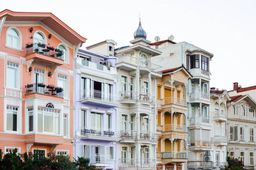
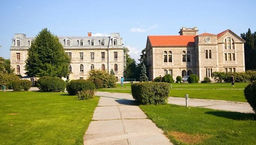


Go out on the town
Transfer boats to take you to the attractions!
Answered
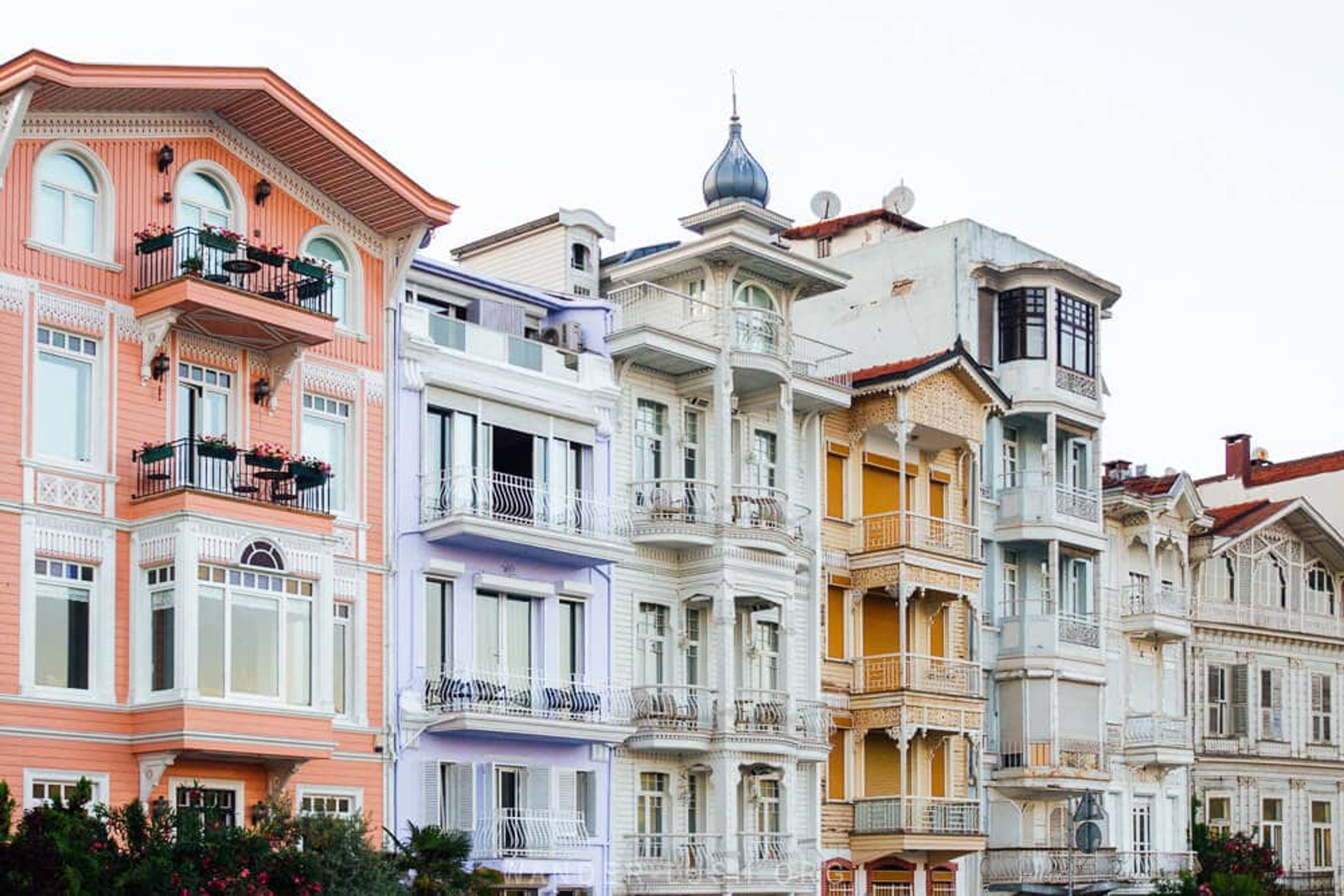



















































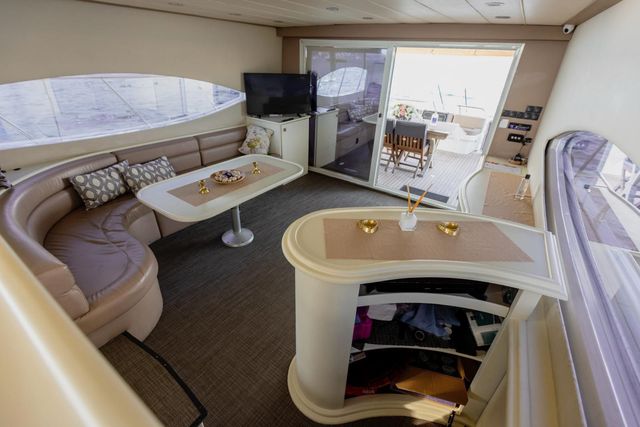
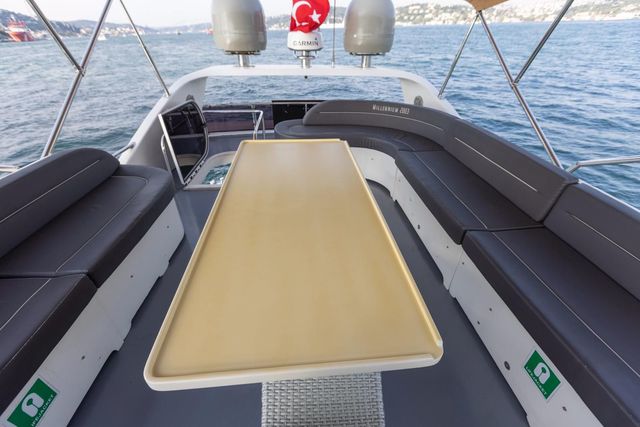
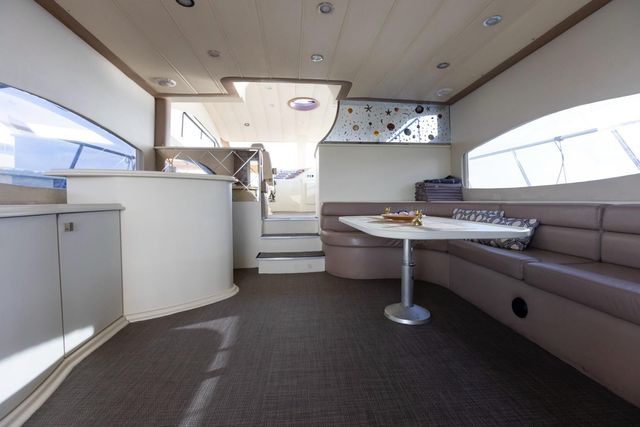









































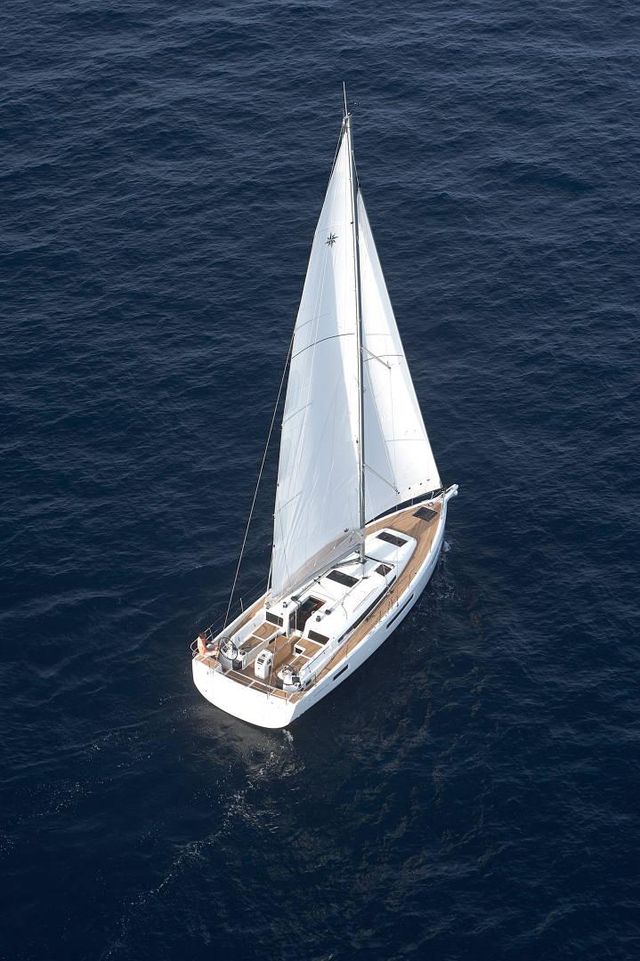


































-1706528520243.jpeg?tr=w-640)
-1706528519713.jpeg?tr=w-640)
-1706528520829.jpeg?tr=w-640)
-1706528521036.jpeg?tr=w-640)
-1706528521779.jpeg?tr=w-640)
-1706526883976.jpeg?tr=w-640)
-1706526880367.jpeg?tr=w-640)
-1706526882138.jpeg?tr=w-640)
-1706526882297.jpeg?tr=w-640)
-1706526882310.jpeg?tr=w-640)
-1715092043075.jpeg?tr=w-640)
-1706527825977.jpeg?tr=w-640)
-1706527826026.jpeg?tr=w-640)
-1706527826214.jpeg?tr=w-640)
-1706527826292.jpeg?tr=w-640)

-1716388254486.jpeg?tr=w-640)


-1716388251295.jpeg?tr=w-640)
-1716388251355.jpeg?tr=w-640)





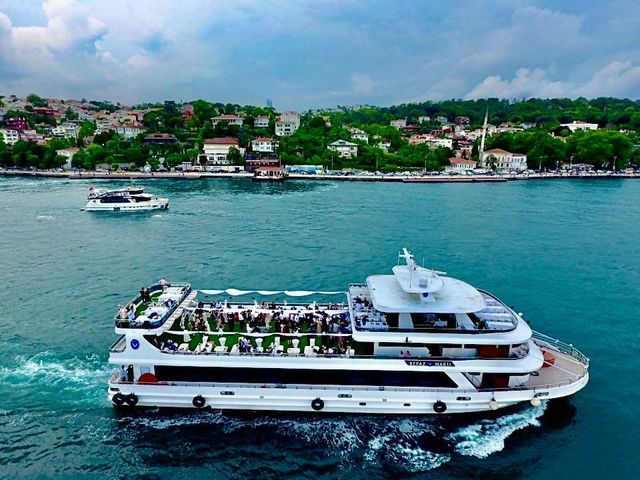
-1715083722119.jpeg?tr=w-640)
-1715083722435.jpeg?tr=w-640)
-1715083722465.jpeg?tr=w-640)
-1715083722561.jpeg?tr=w-640)










-1718190702044.jpeg?tr=w-640)


-1718190310409.jpeg?tr=w-640)

-1718187965142.jpeg?tr=w-640)
-1717408508944.jpeg?tr=w-640)




-1718287582024.jpeg?tr=w-640)

-1718287583009.jpeg?tr=w-640)

-1715091590702.jpeg?tr=w-640)
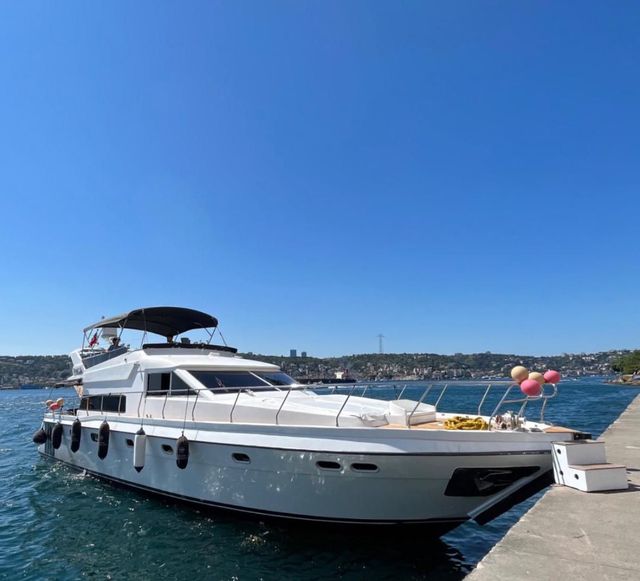
-1715091590397.jpeg?tr=w-640)
-1715091590409.jpeg?tr=w-640)
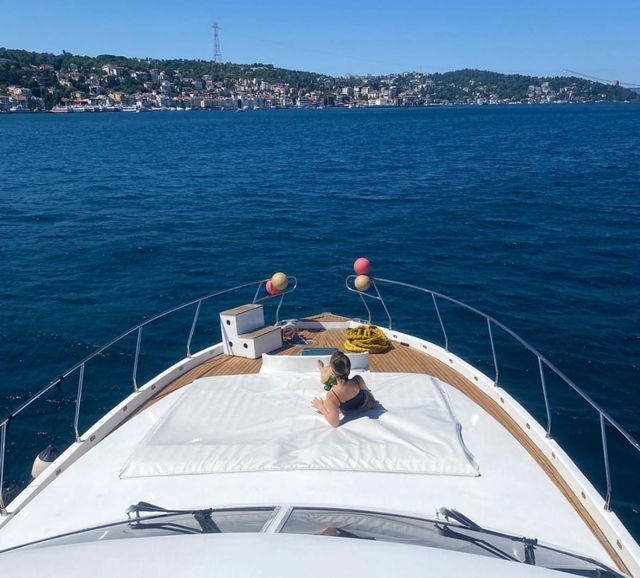
-1715091034160.jpeg?tr=w-640)
-1715091034114.jpeg?tr=w-640)


-1715091034511.jpeg?tr=w-640)

-1715090566437.jpeg?tr=w-640)
-1715090566695.jpeg?tr=w-640)

-1715090567014.jpeg?tr=w-640)
-1706529149094.jpeg?tr=w-640)
-1706529146753.jpeg?tr=w-640)
-1706529146979.jpeg?tr=w-640)
-1706529147825.jpeg?tr=w-640)
-1706529149037.jpeg?tr=w-640)